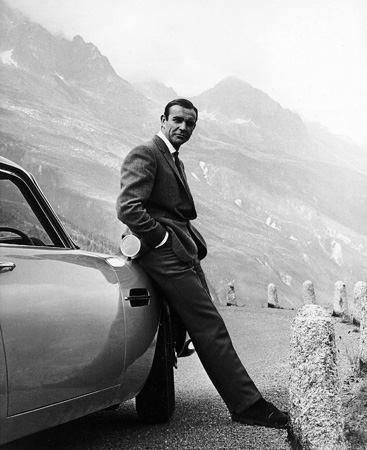In her book, Cultures in Orbit, Lisa Parks discusses the use of space exploration photography and how it has been utilized to reinforce a western view of, well, everything. Capitalism, western philosophy, supremacy of the white male, up and down are all notions that have been promulgated either on purpose or inadvertently by the National Aeronautics and Space Administration’s (NASA) through stellar photographs disseminated through the popular media. Modern science has developed a tendency, with the aid of American media outlets, to discourage dissent by marginalizing those scientific opinions that differ from theirs bringing all existence to a human level. This belittling of dissenting opinion is accomplished, in many instances, through the use of comedy.
Will Ferrell as George Bush is a prime use of comedy as a political/scientific tool. (See embedded video) Global warming has been an issue of heated debate, with most of the debate presented on news channels like Fox News that are obviously right leaning. Lisa Parks when speaking about pictures coming from the Hubble space telescope suggests that, “embedded within Hubble’s capacity for distant vision is a discursive strategy of remote control.” She goes on to discuss popular media needing to position extraterrestrial images and science in a terrestrial manner to make it more digestible for the masses. This need by popular media to chop science into little bits that “regular” people can understand is what breeds bits like the one Will Ferrell starred in on Saturday Night Live.
Although there are many things throughout existence that humans have no control over there seems to still be a need by many news agencies to rationalize natural occurrences to a level that gives humans the power to control them. Lisa Park, again discussing images from Hubble, says, “they have also been used to represent extremely distant matter as if it were part of us.” This example citing Hubble photographs is further evidence that media, in addition to other opinion leaders, finds a need to cap all science at an altitude that does not exceed human inference and control.
A discussion, with specific regard to global warming, would not be complete without mentioning Al Gore’s, An Inconvenient Truth. It shouldn’t be expected that a movie supposed to be a proponent of the effects of man-made global warming would present both sides of an issue but the methods employed by Gore’s film take the audience as elementary students, as exemplified by the use of Simpsons-esque cartoons. All of these elements
Control has been exerted through the use of space media that is disseminated throughout the population of the Earth by mostly American, i.e. industrialized nations, that enforces the paradigm that only the learned enough to go out and receive knowledge to be relayed to other, more unintelligent human beings. The smartest people in the room coming from well funded government agencies are the gatekeepers to “up and down” that tell the rest of us, albeit subliminally, what our values are and how we should approach the rest of our reality.
Joel Engles



 In this scene the over dramatic sparkle produces a laugh that was unintended by the director. The style or embellished style of the scene is “pure camp.” The scene is passionate, fantastic with its extravagant effects and naïve in the fact that the director’s intent was not the same as the outcome the scene received.
In this scene the over dramatic sparkle produces a laugh that was unintended by the director. The style or embellished style of the scene is “pure camp.” The scene is passionate, fantastic with its extravagant effects and naïve in the fact that the director’s intent was not the same as the outcome the scene received.












